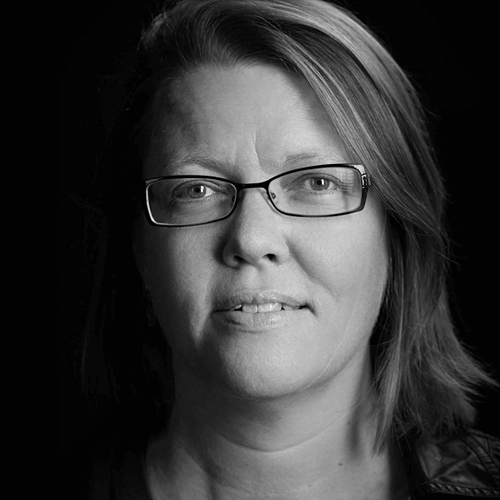WATCH VIDEO
How death came to dinner
On August 24, 2013 we launched Death Over Dinner and in a single night we tracked over 500 dinners in 20 countries. Since then there have been over a hundred thousand #deathdinners around the globe.
This adventure began when we learned that 75% of Americans want to die at home, yet only 25% of them do. When we learned that how we end our lives is the most important and costly conversation America is not having. And when we realized that a conversation among loved ones, friends, and even strangers could begin to change these numbers, and bring the conversation about death back into mainstream culture.
It all started with a University of Washington graduate course called Let’s Have Dinner and Talk About Death, taught by Michael Hebb and Scott Macklin, which quickly grew into a beautiful website designed by Seattle agency Civilization with content developed by Angel Grant. Our platform has now grown into a global project with an Australian Edition, a Jewish Edition, and even a Doctors and Nurses Edition currently being designed and built. We are thrilled to announce that we are now part of the RoundGlass family of initiatives, which will allow us to expand this project to millions of individuals and dinner tables.
This project was created as a gift, an invitation and a simple set of tools to help families and friends address the basic human fact that we are all, at some point, going to die. We suffer more when we don’t communicate our wishes, we suffer less when we know how to honor the wishes of our loved ones. As we build greater comfort and literacy around this important topic, every single one of us wins.
You might ask: Why would I have this conversation over dinner?
The dinner table is the most forgiving place for difficult conversation. The ritual of breaking bread creates warmth and connection, and puts us in touch with our humanity. It offers an environment that is more suitable than the usual places we discuss end of life.
So we raise a generous glass to you and your loved ones and humbly submit version 2.0 of Death Over Dinner!
Photos by Amanda Ringstad
Team
We’re collaborating with everyone from oncologists, gravestone designers, palliative care experts, authors, curators, health care CEOs and artists to spark a powerful movement around facing death and planning for end of life. We’re putting out a call to action for people to start a conversation with their friends or family about death- and we’re giving people to tools to make it easier, more meaningful, and even fun.

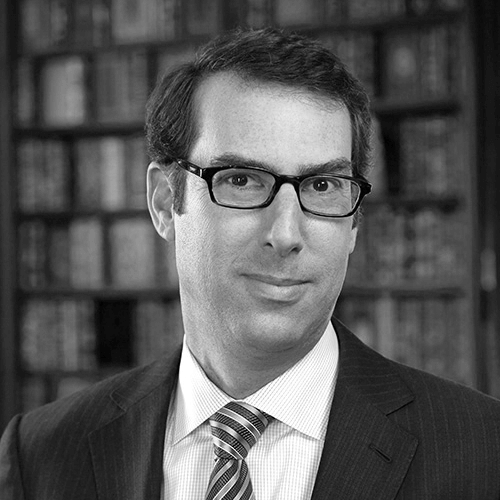
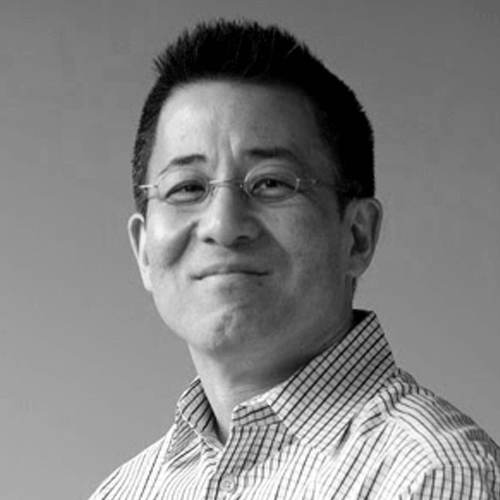
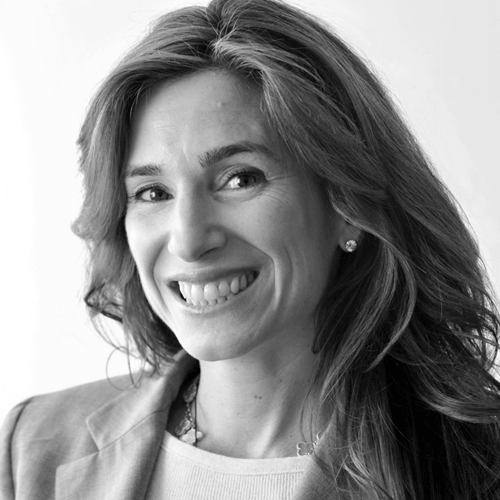
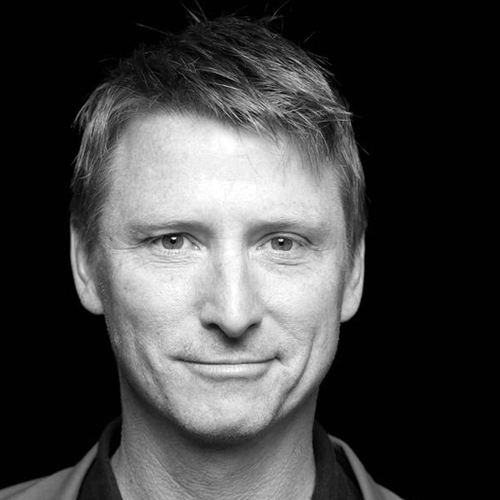
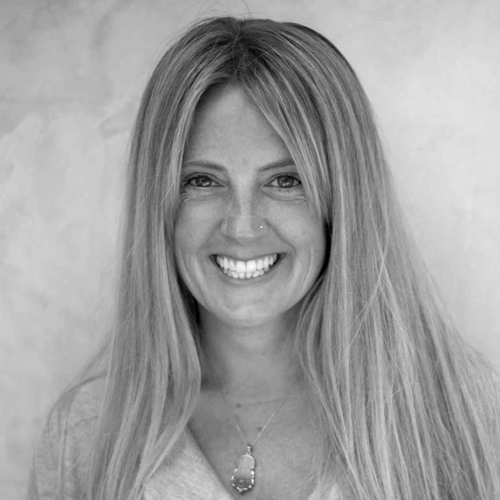
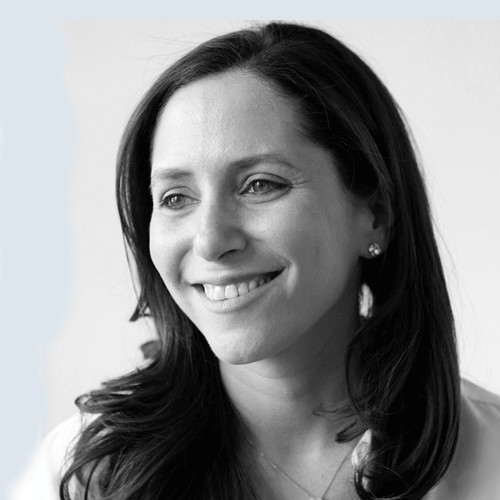
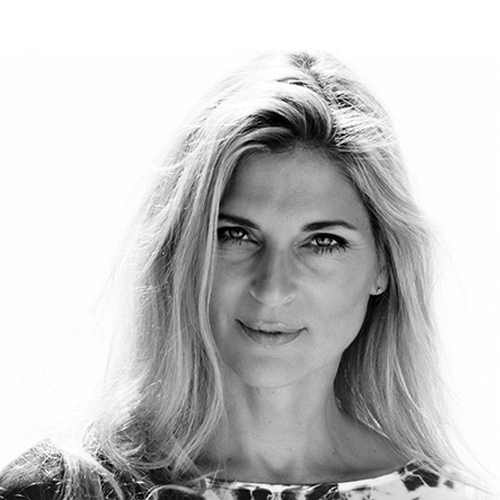
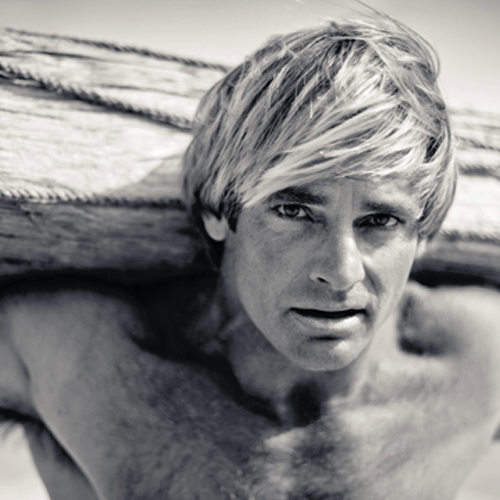
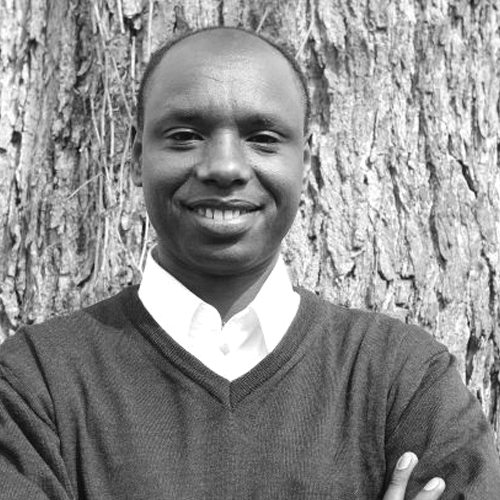
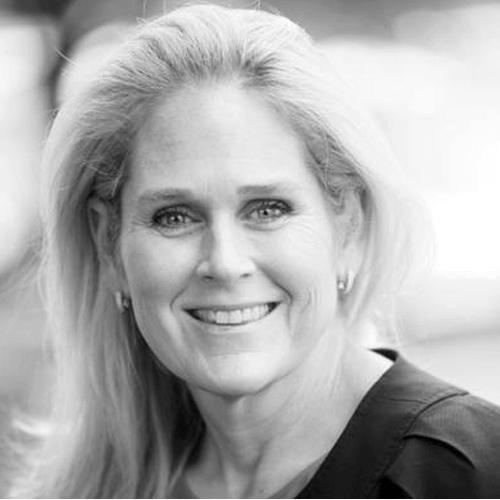
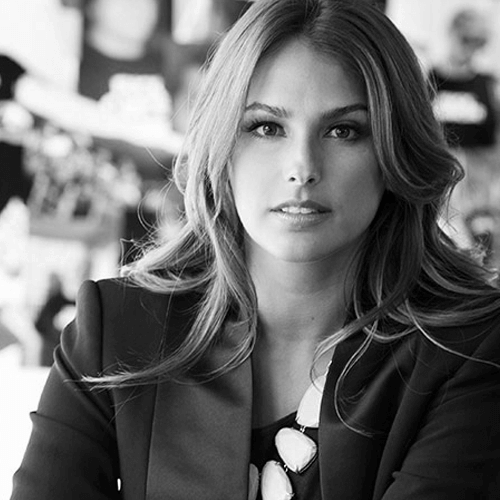
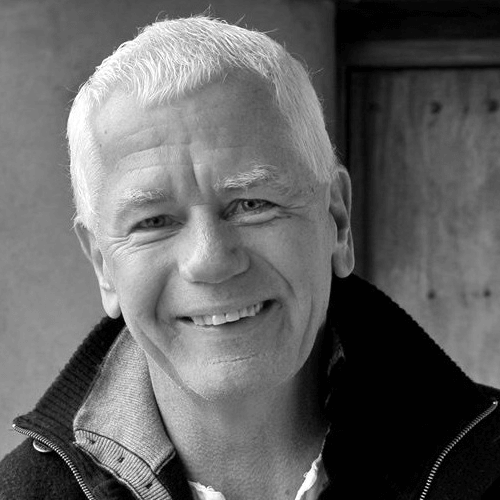
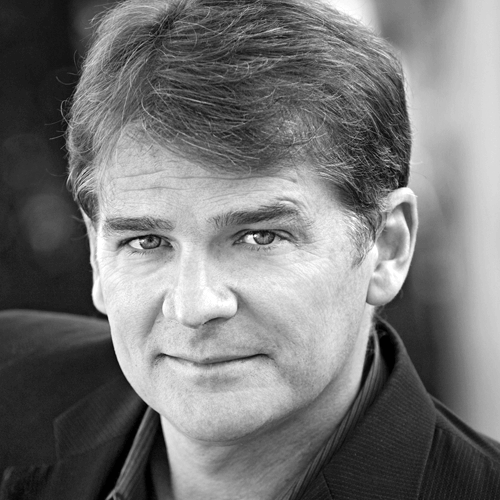
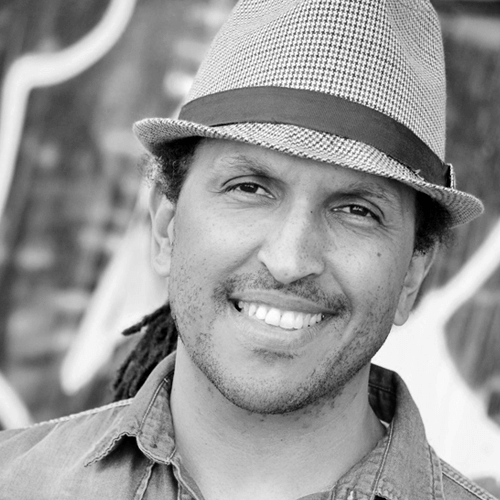
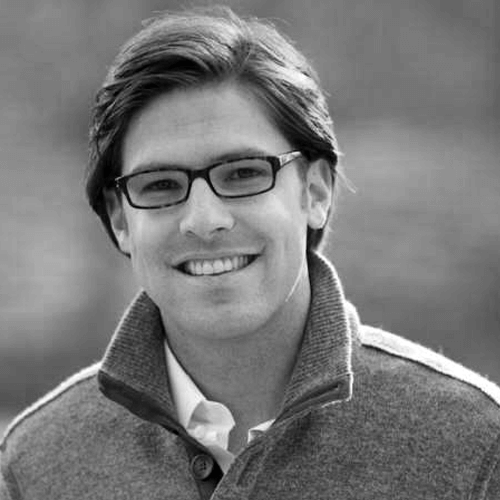
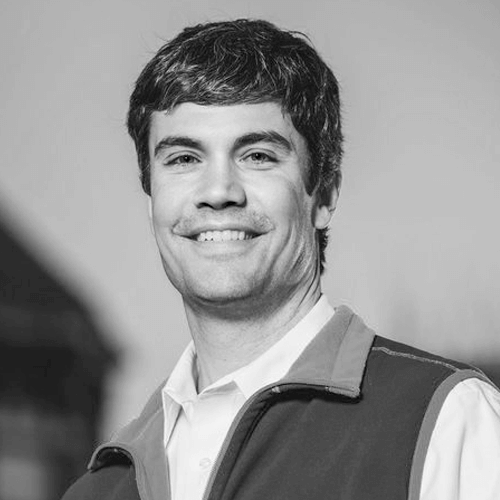
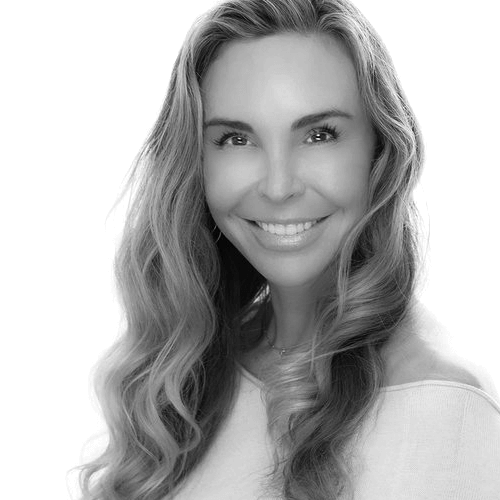
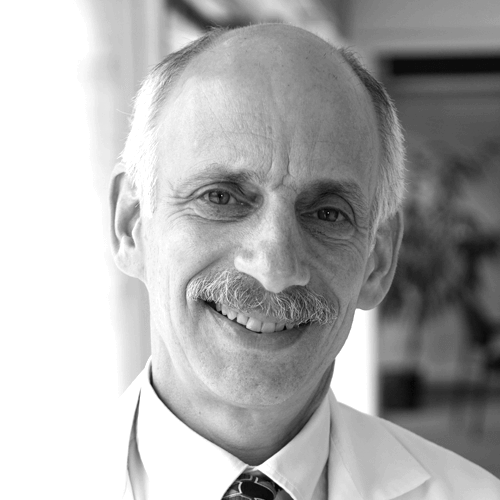
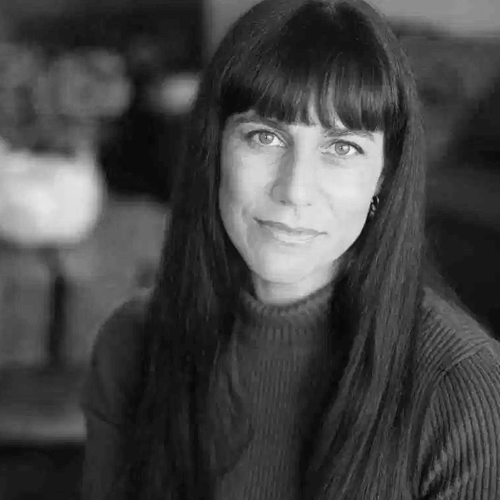
Chanel Reynolds
Chanel Reynolds is the founder of Get Your Shit Together. Since the launch of www.getyourshittogether.org in January of 2013, Chanel has dedicated...
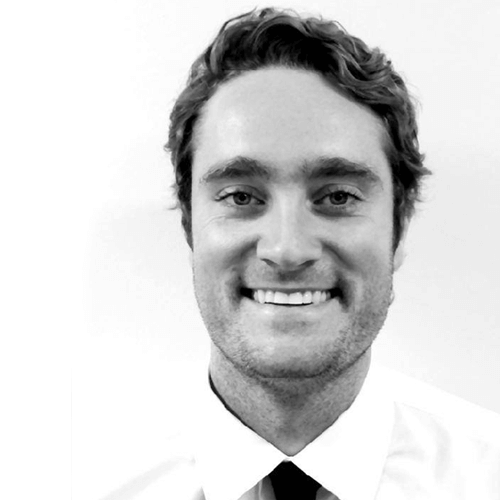
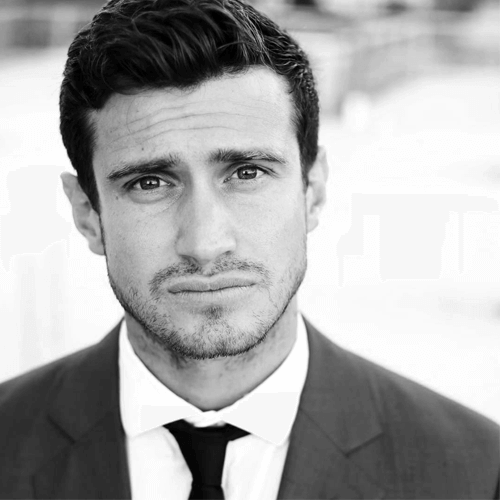

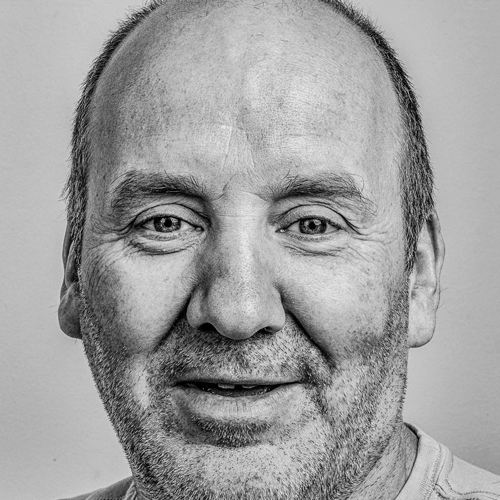
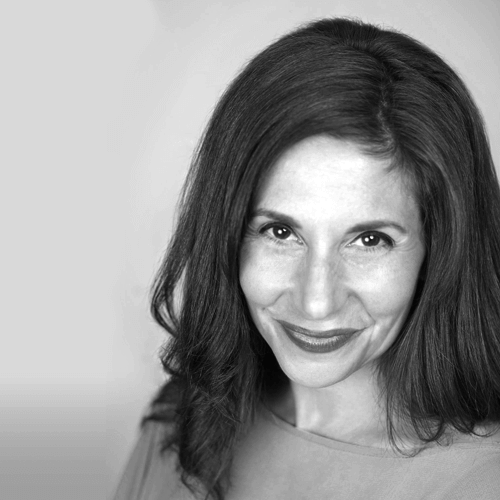
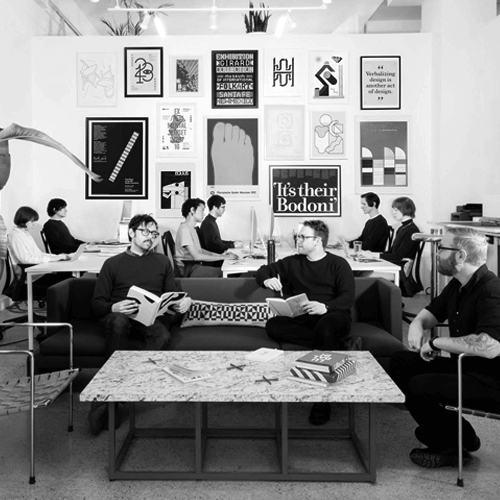
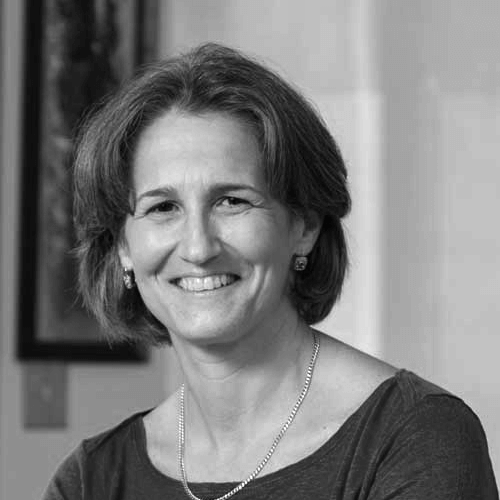
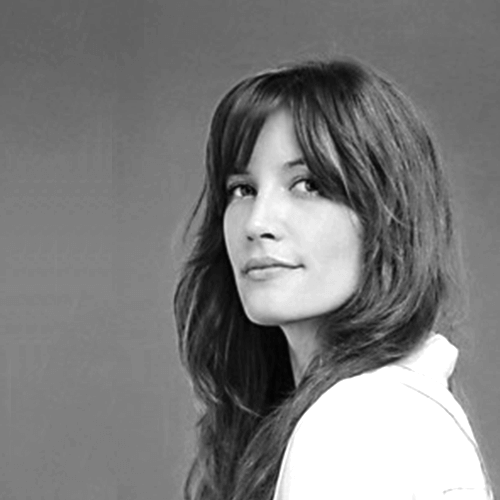
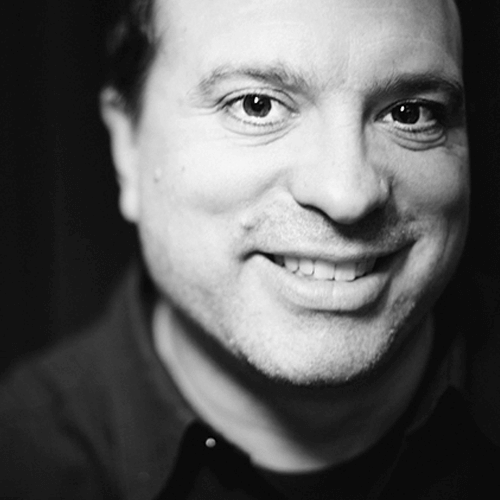
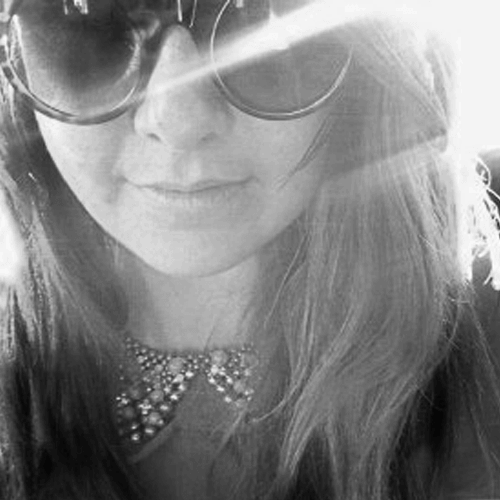
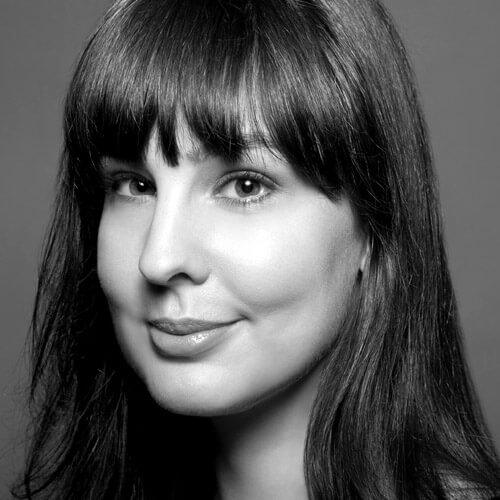
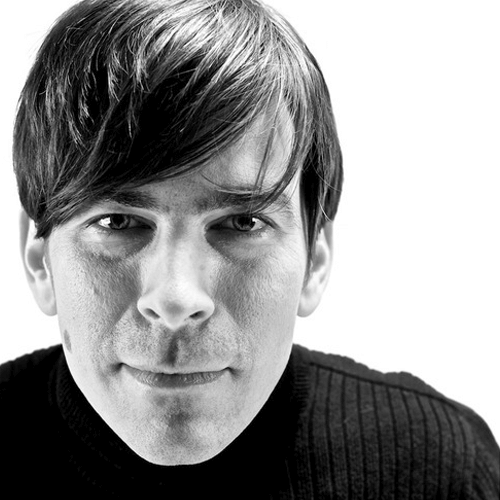
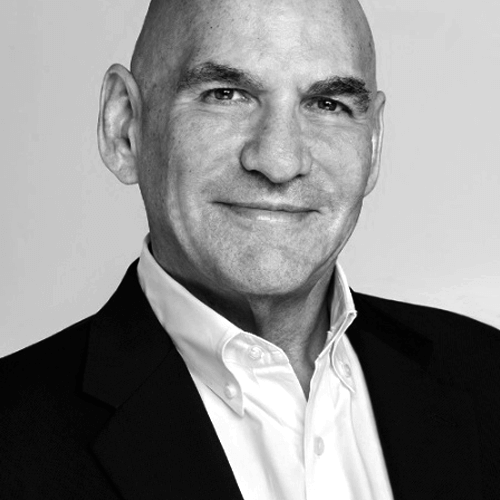
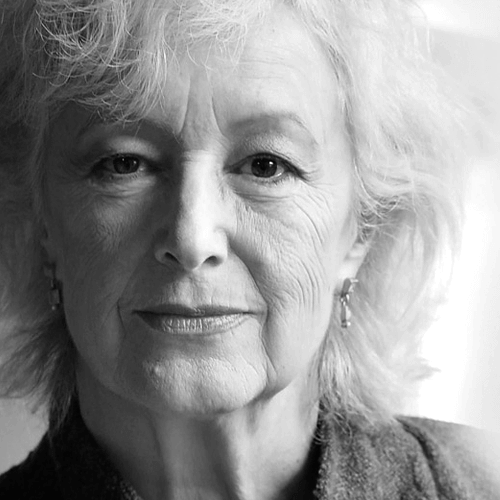
Lesley Hazleton
Lesley Hazleton, aka The Accidental Theologist (www.AccidentalTheologist.com), writes about religion, politics, and existence. Her...
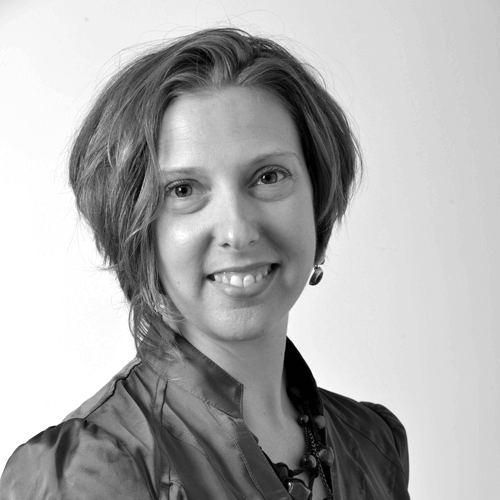
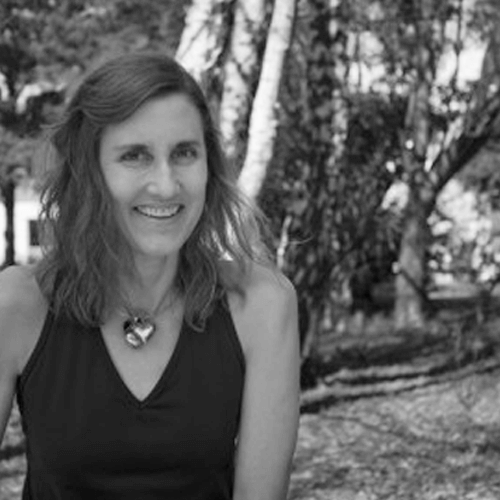
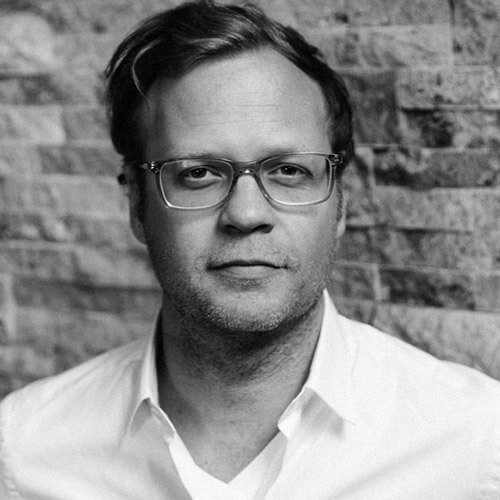
Library
-
How To Talk To Your Family About Planning For Your Alzheimer’s Disease
This insightful article is a guide for talking with your family in preparation for the advancement of Alzheimer’s.
-
A Place Beyond Words: The Literature of Alzheimer’s
How do you locate the personhood in someone who is, for neurobiological reasons, no longer the person you knew? Is there a way to be true to medical fact and still find something that is transcendently human?
-
A Daughter’s Portrait Of Her Mother Through Dementia
Dementia is often ugly, stressful, and isolating; for the photographer Cheryle St. Onge, taking pictures of her mother is a way of expressing happiness, connection, and love.
-
Alzheimer’s Q and A: What Is Meant By The Term Mixed Dementia?
Researchers are increasingly discovering through autopsies that many individuals had more one type of dementia. A National Institute on Aging study revealed that 94% of the participants had been diagnosed with Alzheimer’s, and their autopsies showed that 54% had another type of dementia.
-
$17M Johns Hopkins Research Center To Study Psychedelic Drugs In Alzheimer’s, Addiction and More
The Drug Enforcement Administration classifies psychedelics as Schedule I substances. They are banned because they have no accepted medical use, but researchers believe they could treat a range of diseases.”.
-
A Brain Scan May Predict Alzheimer’s: Should You Get One?
One expert warns of “unintended downsides,” including overuse of only modestly effective medications.
-
Justices Say Executing Someone With Dementia Might Violate Constitution
The Supreme Court clarified the circumstances in which someone with a mental disability may be put to death.
-
End-of-Life Care for People With Dementia
Someone who has severe memory loss might not take comfort from sharing family memories; they may not understand when others express what an important part of their life this person has been.
-
Late-Stage Caregiving
As the disease advances, the needs of the person living with Alzheimer’s will change and deepen.” Here’s a bit of what to expect.
-
Recognizing When Someone Is Reaching The End Of Their Life
Read about some of the signs that a person with dementia is nearing their death, and how you can support yourself as a carer, friend or relative.
-
Advance Care Planning By The Alzheimer’s Association of Canada
The window of opportunity to include the person in end-of-life decisions is well before they are gone. I started having these discussions with my parents as they were aging and getting more frail. I asked, ‘what would you like us to do?’ I believe in being proactive because it helps in the end.
-
Advance Care Planning In Dementia
The incapacity to make decisions is more certain and progressive in dementia, so advance care planning should cover an extended period of time and explore a wider range of issues.
-
Lessons on Living from My 106 year old Aunt Doris
Love, meaningfulness and the power of connection don’t stop just because we get old.
-
An Alzheimer’s Drug Trial Gave Me Hope, And Then It Ended
I was a small piece in the search to find a cure. Now I feel as if I’m getting erased, and medical science doesn’t have any answers.
-
Anxiety Complicates Life For Dementia Patients — And Their Caregivers
Unfortunately, she is one of many people whose descent into dementia has been twinned with a surge of anxious thoughts. Anxiety isn’t a cognitive issue per se, but it’s definitely a symptom that makes life much harder for caregiver and patient alike. Just imagine being stuck in your worst worries.
-
We’re Bad at Death. Can We Talk?
Dhruv Khullar, a resident physician at Mass General and Harvard Med School, says, ‘For years the medical profession has largely fumbled the question of what we should do when there’s nothing more we can do…Two interventions have consistently been shown to help patients live their final days in accordance with their wishes: earlier conversations about their goals and greater use of palliative care services…’
-
The 9 Things No One Tells You About Scattering Ashes
A look at what one woman wishes someone had told her before she spread her husband’s ashes around the world. A must read if you’ll ever have a first time with cremated remains.
-
12 Life Lessons from a Man Who’s Seen 12,000 Deaths
Bhairav Nath Shukla has been the manager of Mukti Bhawan, one of the guest houses in Varanasi where people come to die, for 44 years. Here are the powerful recurring life lessons he’s learned from those 12,000 deaths.
-
One Man’s Quest to Change the Way We Die
B.J. Miller, a doctor and triple amputee, used his own experience to pioneer a new model of palliative care at a small unique spot in San Francisco, Zen Hospice. He says it’s about wresting death from the one-size-fits-all approach of hospitals, but it’s also about puncturing a competing impulse: our need for death to be a hyper-transcendent experience. ‘Most people aren’t having these transformative deathbed moments. And if you hold that out as a goal, they’re just going to feel like they’re failing.’
-
A Call for Physicians to Agree: Death Is Not the Enemy
A surgical resident talks about her experience of an elderly woman with cancer, who no longer remembered her name, and calls out for the system to catch up to the needs of patients.
-
The Environmental Impact of Cremation and Funerals
A staggering article and infographic explaining what really goes into cremation and burials.
-
Skipping Chemo for an End of Life Road Trip
A tiny woman at 101 pounds and under five-feet tall, an exhausted Norma looked the young doctor dead in the eye and with the strongest voice she could muster, said, ‘I’m 90-years-old, I’m hitting the road.’
-
Ten Commandments for the Concerned Caregiver
Rabbi Earl Grollman gives practical and compassionate instructions for caregivers during prolonged illness and after death.
-
When Someone You Love Dies and You Don’t Know What to Do
An anonymous person called out for help on Reddit, ‘my friend just died. I don’t know what to do’. While there were countless responses, one stood out, beginning like this: All right. Here goes. I’m old. What that means is I’ve survived (so far) and a lot of people I’ve known and loved did not.
-
The Sanity of Grieving When a Child Dies
People need to be allowed to grieve when grieving is in order, and certainly when a child dies. A brother begins this moving piece like this: ‘Whenever I tell someone about my sister, it’s as if I’ve injured them. Often, people avert their gaze, stutter “I’m sorry” and change the subject. No one likes hearing about dead kids.’
-
The Final Word On Her Life
Jane Lotter writes her own raw and poignant obituary before using Washington’s Death With Dignity Act to die peacefully.
-
Letting Go: What Medicine Should Do When It Can’t Save You
Atul Gawande illustrates how modern medicine is good at staving off death with aggressive interventions—and bad at knowing when to focus, instead, on improving the days that terminal patients have left.
-
‘Pre-Hospice’ Saves People Money By Keeping Them At Home Near End of Life
‘Transitions is for just that point where people are starting to realize they can see the end of the road,’ said San Diego physician Dan Hoefer, one of the creators of the program. ‘We are trying to help them through that process so it’s not filled with chaos.’
-
Last Day, from Charlotte’s Web
Charlotte faces her death and consoles Wilbur with elegant practicality. EB White uses this beautiful story to illustrate the power of relationship along with the cycle of life and death.
-
6 Things to Remember After Losing a Parent
Simple advice on grieving and moving forward after the death of a parent.
-
A Project to Turn Corpses Into Compost
‘Composting makes people think of banana peels and coffee grounds,’ Ms. Spade said. But ‘our bodies have nutrients. What if we could grow new life after we’ve died?’
-
Five Things Death Can Teach About Living to the Fullest
Frank Ostaseski gives us five mutually supportive principles, permeated with love, that have served as reliable guides for coping with death.
-
15 Gentle Pieces of Advice When Someone You Love Receives a Terminal Diagnosis
When you’re the family member or friend of someone who receives a terminal diagnosis, life as you know it can change overnight. We asked people who have been through it themselves—sometimes on multiple occasions—to share their advice for navigating these difficult times.
-
My Own Life
Oliver Sacks learns he has terminal cancer and begins his reflection in this piece like this: ‘A MONTH ago, I felt that I was in good health, even robust health. At 81, I still swim a mile a day. But my luck has run out — a few weeks ago I learned that I have multiple metastases in the liver’.
-
To Radiate
Our dear friend Ethan Lipsitz reports on his experience of radiation treatment while making his own radiance and light visible for all of us to join in with him.
-
Planning Makes Life (and Death) Easier
A candid (and beneficial) take on getting affairs in order for aging parents.
-
When a Physicist Adds Comfort
In this inspiring piece, Aaron Freeman creates a beautiful scene of a physicist consoling friends and family at a funeral by scientifically explaining how the deceased loved one is not actually gone.
-
Checklist of Tasks for Planning Ahead
When a loved one dies, the last thing most of us want to do is consider and handle logistics. To be aware of this checklist long before anyone close to you dies makes things easier.
-
From a Living Funeral to Death Over Dinner
In this brilliant article, Richard Harris captures the heart of the deathoverdinner movement by sharing glimpses of dinner participants’ stories and a brief recap of the living funeral friends gave founder Michael Hebb for his 40th birthday.
-
Why You Want a Physicist at Your Funeral
In this inspiring piece, Aaron Freeman creates a beautiful scene of a physicist consoling loved ones at your funeral by scientifically explaining how you are not actually gone.
-
What to Expect When Your Loved One is in the ICU
It starts with the shock that someone you love is sick enough to be here. The sight of your parent, partner or child under harsh lights, possibly bandaged and bruised, attached to tubes, drains, IV lines, maybe even a ventilator. The unfamiliar sounds of beeps, buzzes and emotional outbursts from nearby rooms mixed with rare periods of somber silence… You’re in the intensive care unit – so how do you cope and best support the patient at the center of it all?
-
ICU Waiting Room Survival Tips
When Dr. Richard Senelick’s wife was in the intensive care unit for three weeks, he scribbled, ‘One hour in the hospital is like a full day anyplace else.’ In this article, he shares seven helpful tips for making it through the experience.
-
A Doctor’s Letter to Families of Her ICU Patients
You wondered, ‘Why is she so inappropriately jolly considering my dad has a tube down his throat?!’ What you don’t realize is I’m singing to calm my nerves, to keep myself relaxed. Your dad almost died before I let you back. I’m concerned for him, but I don’t want you to see that on my face. I don’t want you to worry about him. That’s my job. I just want you to love him… Sometimes we have to laugh. It’s the only thing we know to do. We’re afraid if we cry, we won’t be able to stop.
-
At the End of Life, What Would Doctors Do?
At a minimum, our heightened awareness and willingness to talk about illness, dying, caregiving and grieving will lead to much better end-of-life care. However, the impact on American culture needn’t stop there. Like individuals who grow wiser with age, collectively, in turning toward death, we stand to learn a lot about living. – Dr. Ira Byock
-
Grandma is Dead: 5 Tips for Talking with Kids about Death
While talking to children about death isn’t something most of us are excited to do, this article makes it much easier. It also brings into focus why some things we may default to saying while trying to protect the kids may not be best for them in the long run.
-
The Coffin Club
In this fantastically light and fun video, we see a group of older people in New Zealand who were fed-up after attending so many funerals that rarely reflected the vibrant lives of friends and family they were meant to honor, so they created what they call a Coffin Club.
Press
Stories
We love hearing stories from all of you out there who have survived a death dinner! The beautiful collection we've gathered so far are shared here - feel free to take your time and peruse. If you'd like to add your story to our anthology, share it with us or tag us with #deathdinner. If you haven't had your dinner yet, get started below.

